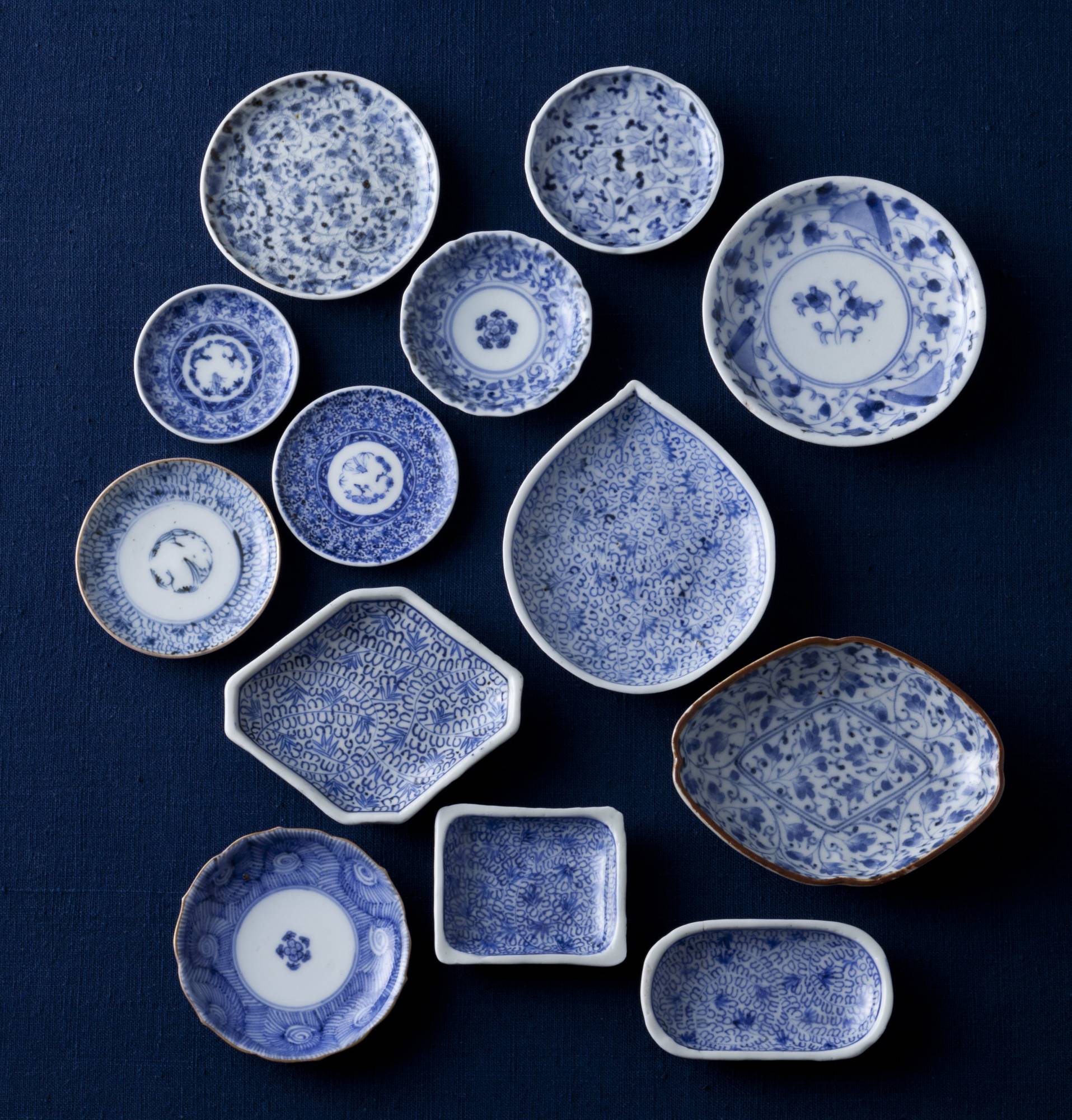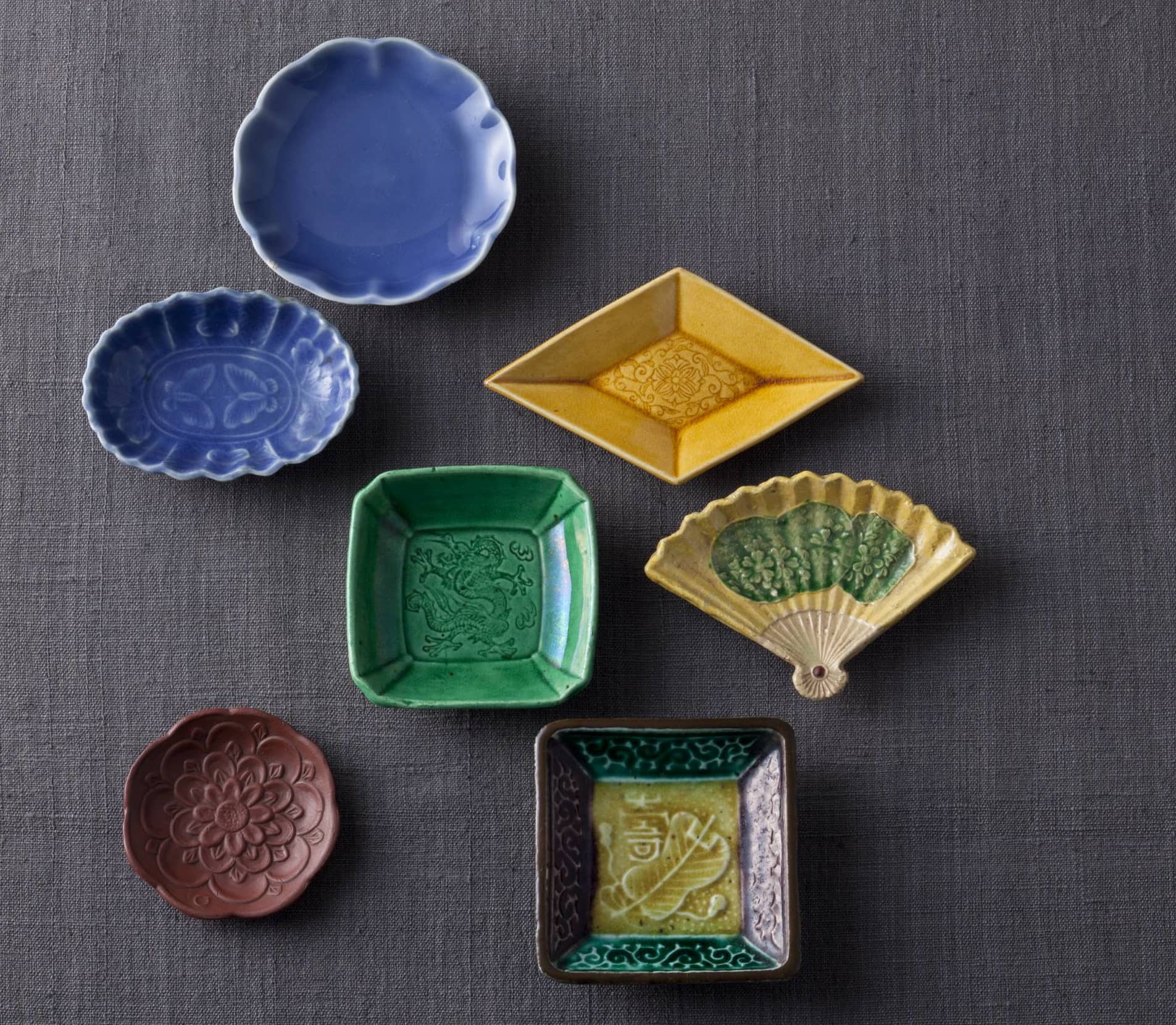Flowers, plants and trees, butterflies, birds, fish, waves, snow, people — the motifs on mamezara (petite plates) run the gamut of worldly phenomena. But when you begin sorting through them, you soon realize that the most prominent among them could all be designated as kisshō (auspicious) images — plants, animals, natural objects, kanji and so forth that have long been regarded as favorable omens or felicitous symbols.

Among the most common are pine trees, bamboo and plum blossoms (the traditional Chinese “three friends of winter” — shōchikubai in Japanese); cranes and turtles; and Mount Fuji. The plates offer a fascinating perspective on how the ancients attributed meaning to all things under heaven. The motifs may be painted, etched, carved in low relief or even worked into the shape of the plate itself.

















With your current subscription plan you can comment on stories. However, before writing your first comment, please create a display name in the Profile section of your subscriber account page.